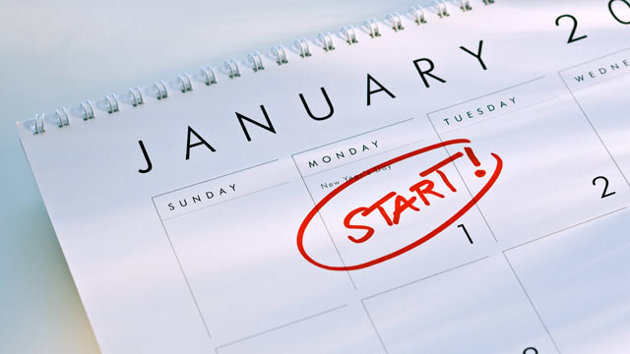It’s another cover of one of our workouts, which have been getting a little bit better… I hope. It’s been very challenging balancing working 7 days a week and still finding time, with gyms not being open 24 hours, to work out and work out well. Furthermore, it’s been most challenging to not neglect any body parts. Ideally for me, aside from cardio workouts and recreational workouts, I like to focus muscular isolation workouts on legs, core, chest, triceps, biceps, back, forearms, and neck. Combinations can be made freely, but again, ideally once a week with proper rest is a good start… twice a week when we’re in killer shape. Never more than that, especially with strength training. We’ve been struggling with hitting every body part on a good reliable consistent rotation but back and biceps are rarely missed because of their size, and for now, their role in climbing. So here is my coverage of a decent pull muscle workout.
We hit the gym around 9:30, a little late, we like to get there around 9, and I put some Tiger Balm and Tiger Balm Muscle Rub on my upper body pull muscles and joints. Prior to coming, on an empty stomach, I took 1.M.R. A pre-workout supplement, one scoop a day before my muscle workouts, for nothing else. At 9:37 the fun began, on a day where I was feeling pretty good, a little sore throughout the body, especially in the lower back, and my cold I have now hadn’t hit me yet.
(by the way, as a foreword, before you ask about rest or reps, it’s minimal rest and every set is to failure, seriously)
9:37: Super set 1: (4 super sets)
a. Alternating pullups and chinups

b. Seated d-bell lat flyes (it’s the proper spelling, seriously, but I don’t care how people spell it, Alana did standing)
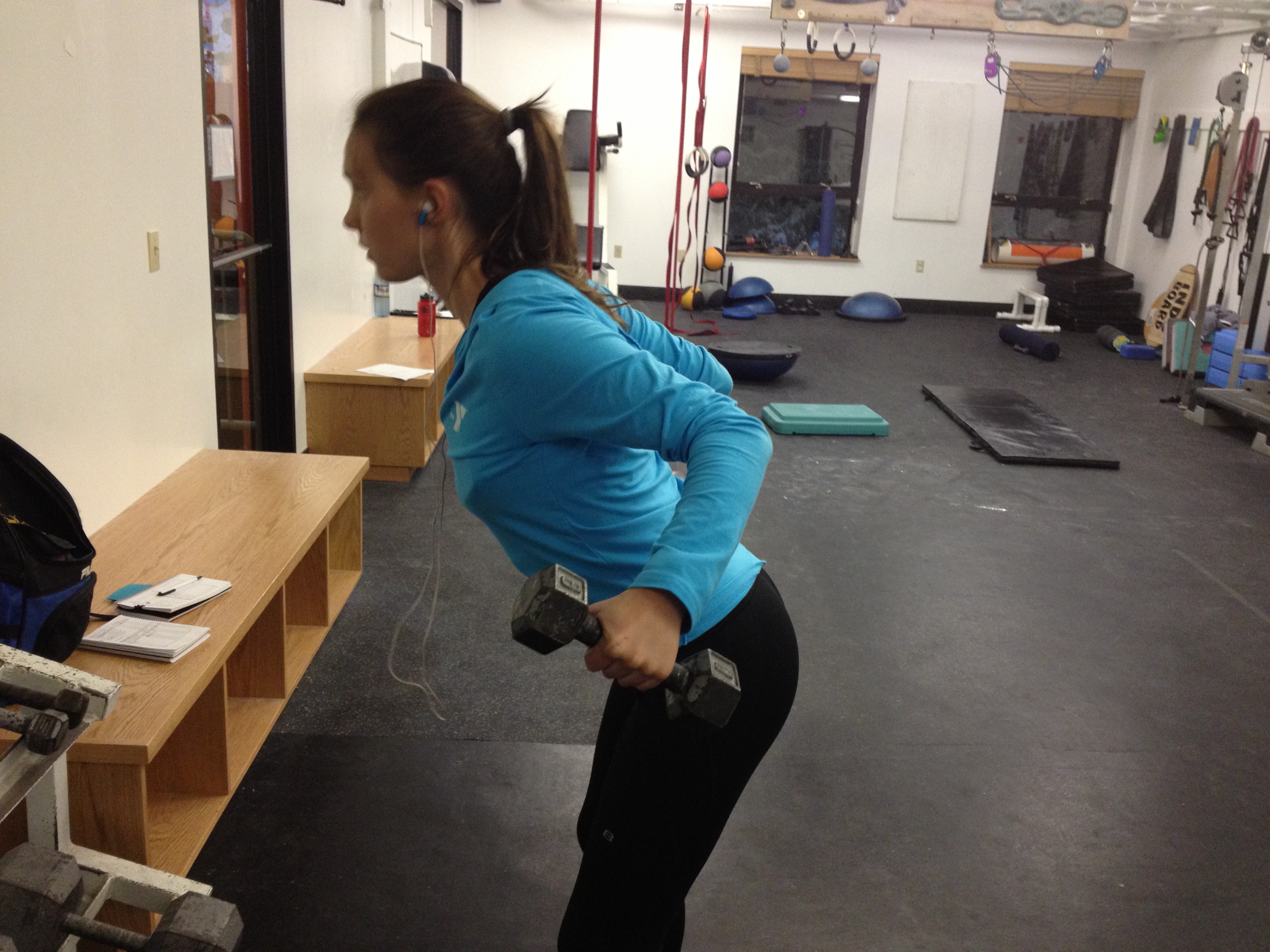
9:47: 2 (4 super sets)
a. lat pull downs (narrowing grip every set)

b. seated hammer curls
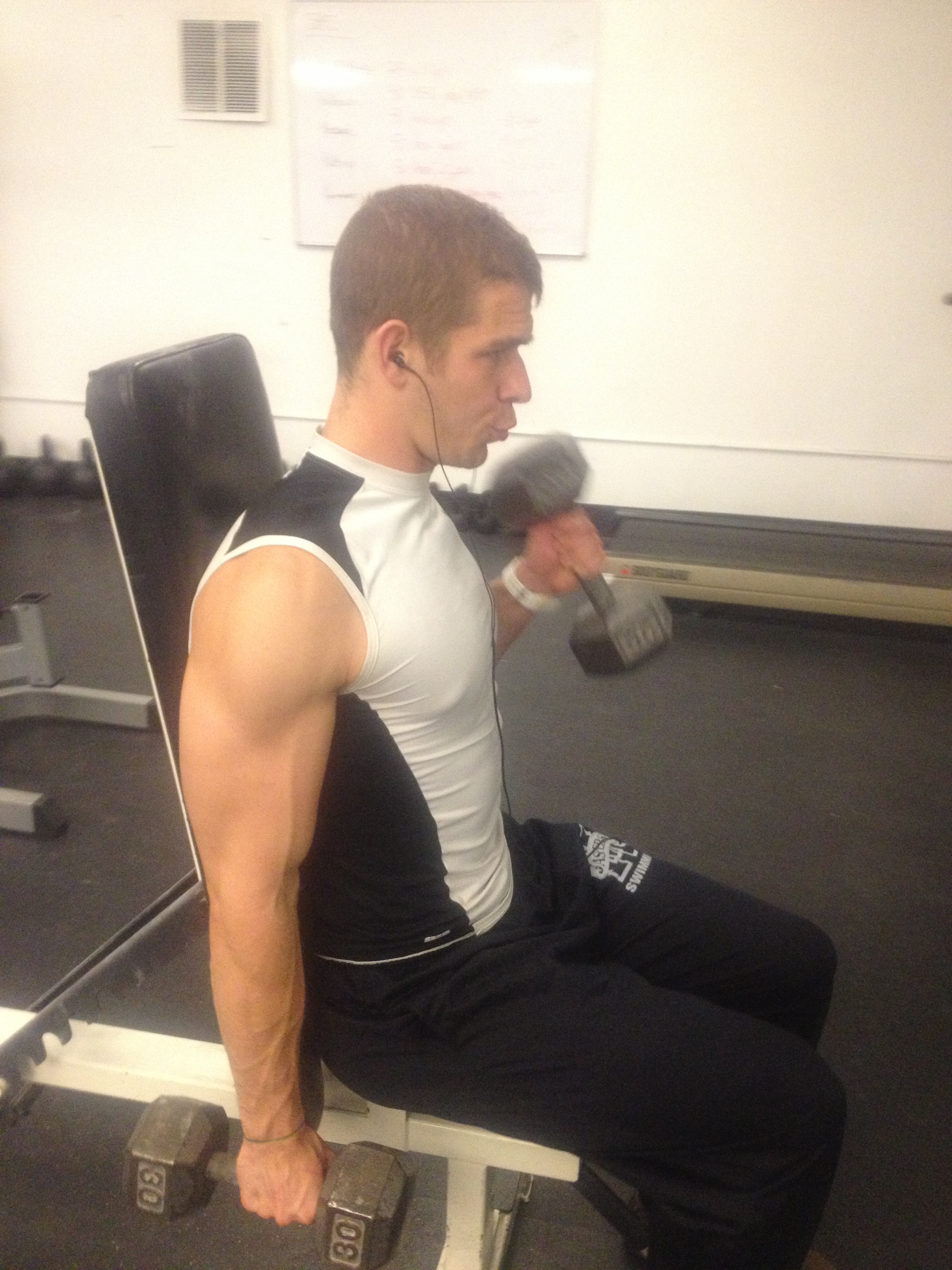
(during this set, while we were swapping equipment because two pieces for two people is more than fair, some gym jerk decided to try to take our incline bench, so I told him to beat it and he did. I was polite)
10:01: 3 (4 super sets)
a. low seated cable rows
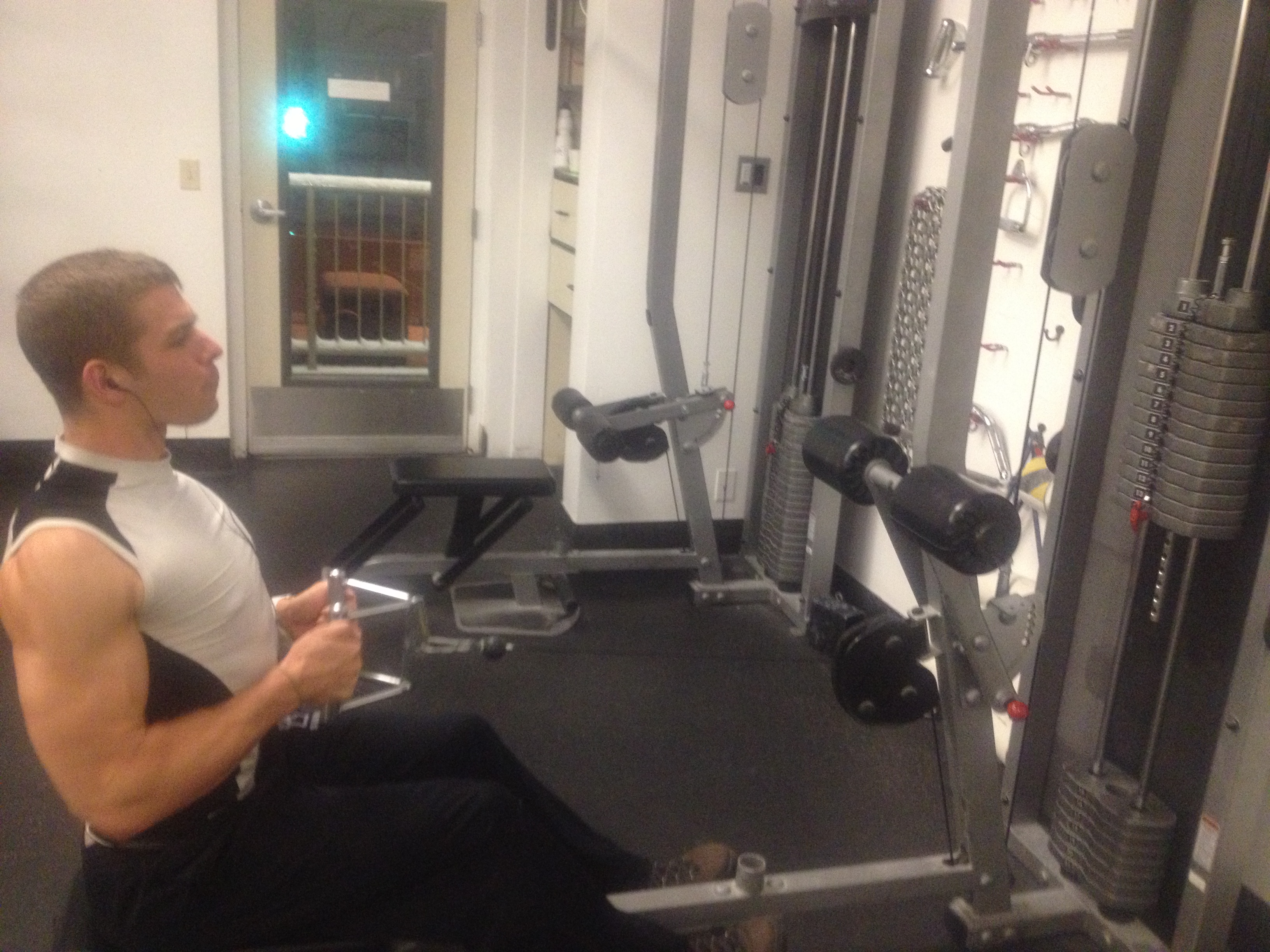
b. incline pinky offset curls (have your pinky be touching the head of the d-bell, so the thumb is around the middle)
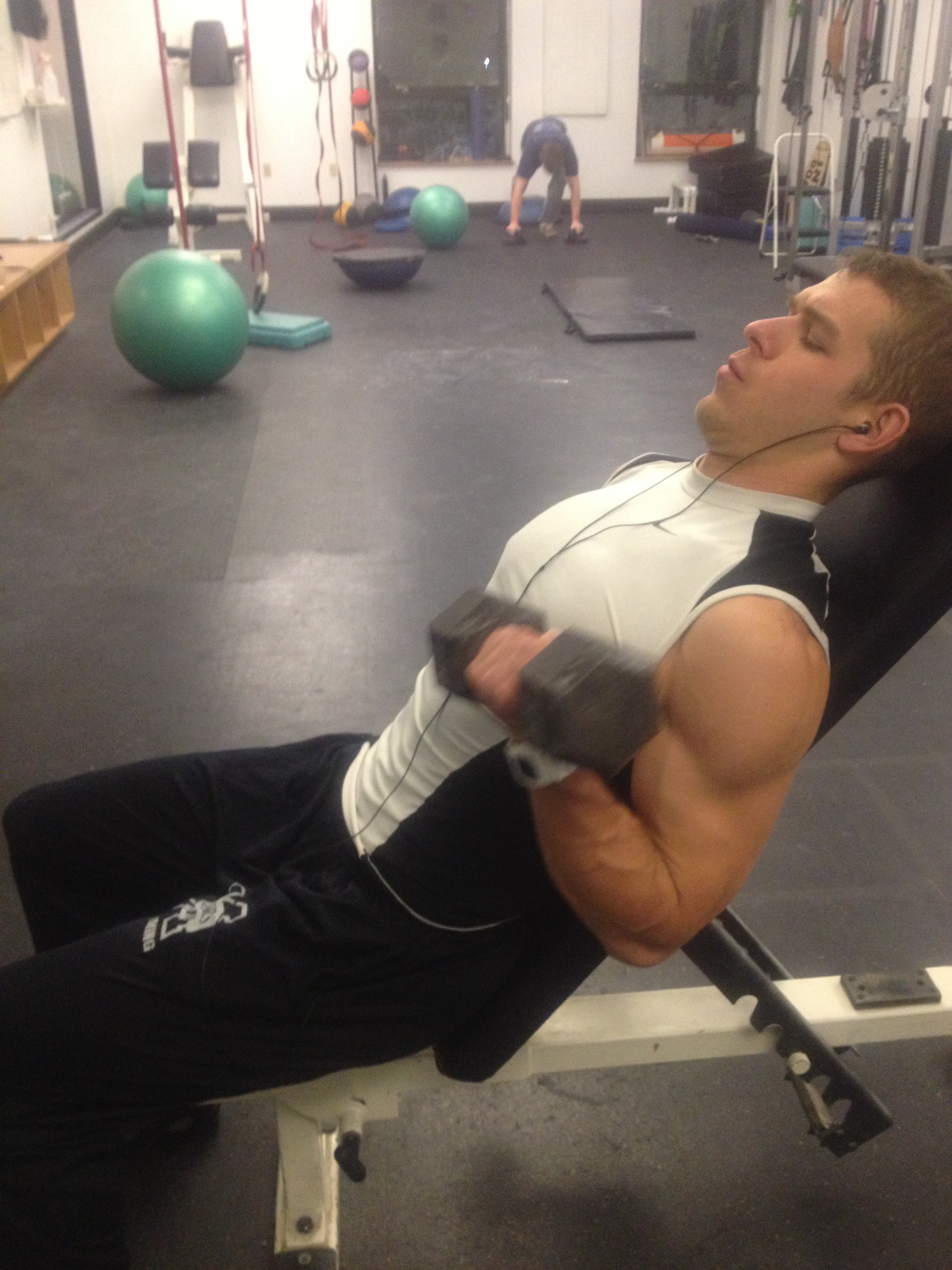
10:17: 4 (3 super sets)
a. kettle bell sumo romanian deadifts
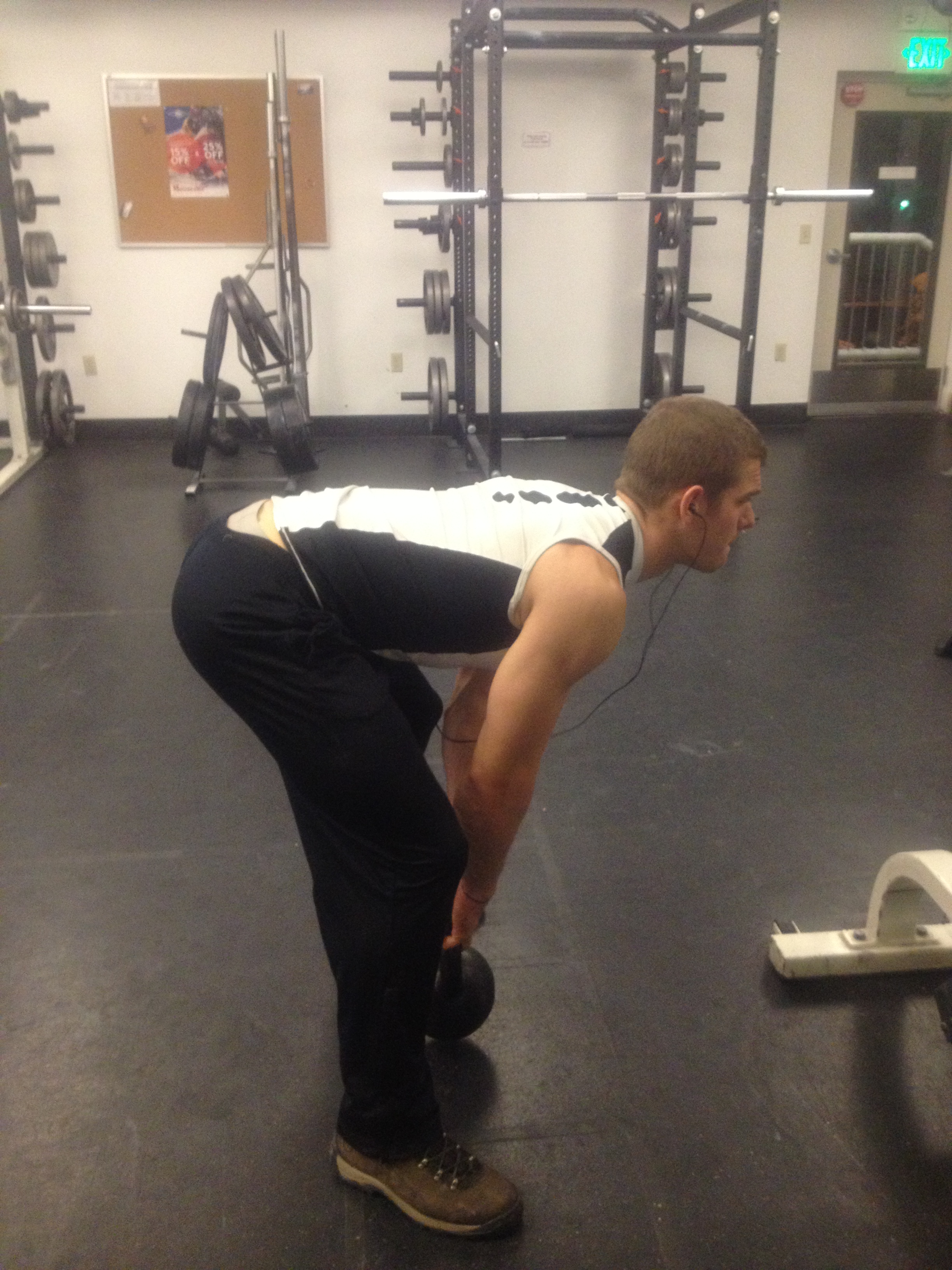
b. back extensions

And then around 10:30, we bouldered for about 20 minutes until my forearms felt like they were about to split. Typically, we get kicked out of the gym, but that day we left a couple minutes early. If you ever get that sensation, just stop.
So now, the reason why I wrote this post was to dedicate a section to bodyweight or near bodyweight lower back exercises. While sometimes I work out lower back with back or legs, it really could be classified as core. Depending what your weekly split is, you can cater your lower back workouts to match those days. For instance,
If you are trying to do lower back with legs, deadlifts and squats are great exercises to focus on good form and strengthening your lower back. Whether it is a romanian dead lift, straight leg, front squat, olympic squat, etc you should focus on good form! If you squat 600 lbs for 1 rep and your back isn’t straight, I don’t count it. You can, but you’re lying to yourself.

You can also use the back extension apparatus that is actually a glute/upper hamstring piece of equipment. Hit a few birds with one stone. If you’re doing shoulders or back, kettlebell swings are a great workout for lower back. But if you’re trying to work body weight, lower back is a great group to focus on with your core.

Back extensions on the apparatus are I think the most convenient one here. It is bodyweight and weight can be added, but it requires a piece of equipment, and if you don’t have it just do…
Supermans – laying stomach down, extend your limbs outwards and slowly or quickly contract upwards, then slowly or SLOWLY stretch back downwards to the floor. Thirty reps is a great goal for body weight exercises, especially for your core.

Any deadlift can be done bodyweight. Single leg are the most challenging and if done improperly can hurt your lower back a lot more. I recommend a straight leg romanian deadlift where your only pivot point is at the lower back. Rep it out again with the same execution as the superman.

Never, in any circumstance, bend your lower back or arch it towards your stomach. Try to keep it tight, keep it straight and if anything, but try not to, arch it away from your stomach.
Do a plank, and a side plank on each side. Planks are arguably if done correctly the best core exercises and this includes your lower back. Do not overlook these. Do them for as long as you can maintain proper form, and when form deteriorates, rotate onto your side… or rest! Then repeat.

If you have a stability ball, you can do reverse extensions where you bring the ball into your chest with your feet on it. Keep that spine straight and try to rep it out. I usually shoot for 20.

Don’t forget about bridges. These will be used in some yoga classes. It’s kind of a reverse plank, with your back to the ground.
And on that note, consider yoga poses! Cat pose, cow pose, cobra, scorpion, chattarangaaaaa (or however you spell it). These are difficult glorified stretches that can really work. Just make sure you don’t only do these. I have a thing against just doing “static stretches” but I understand yogis that these aren’t JUST static stretches so stay back.
Any questions?

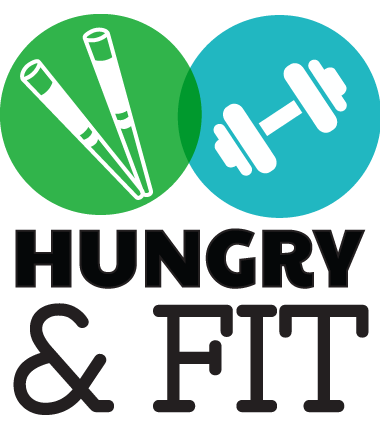


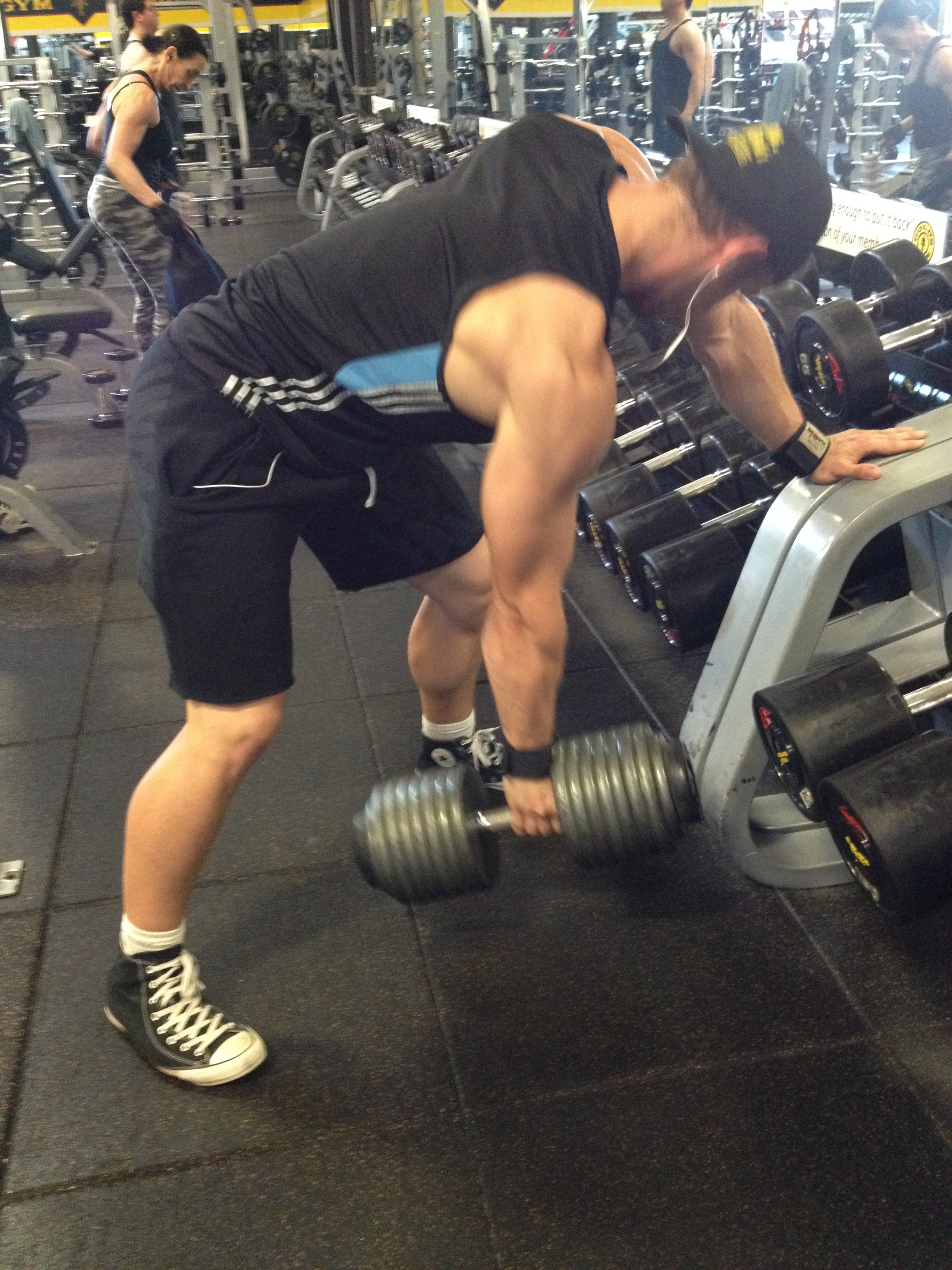
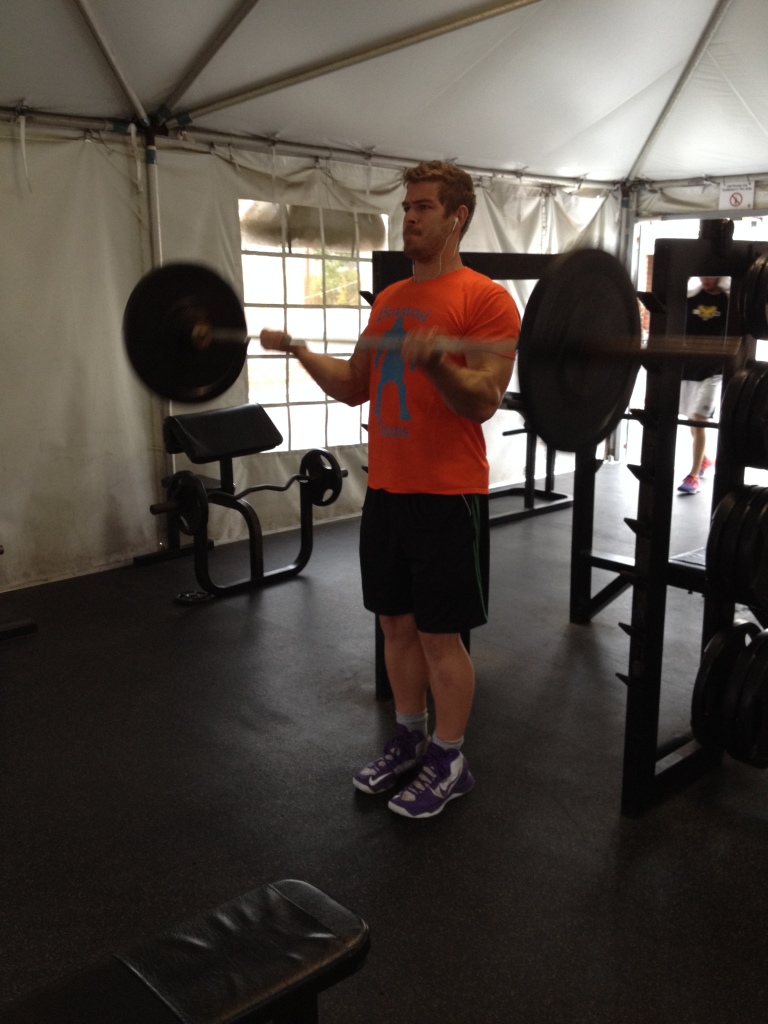
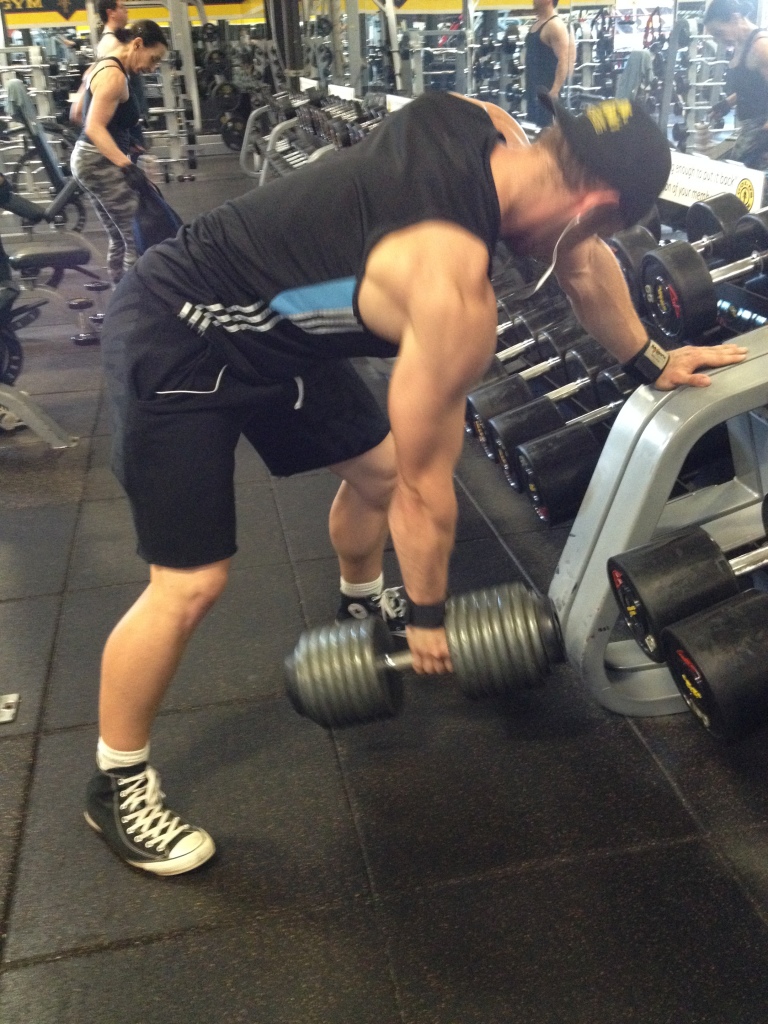
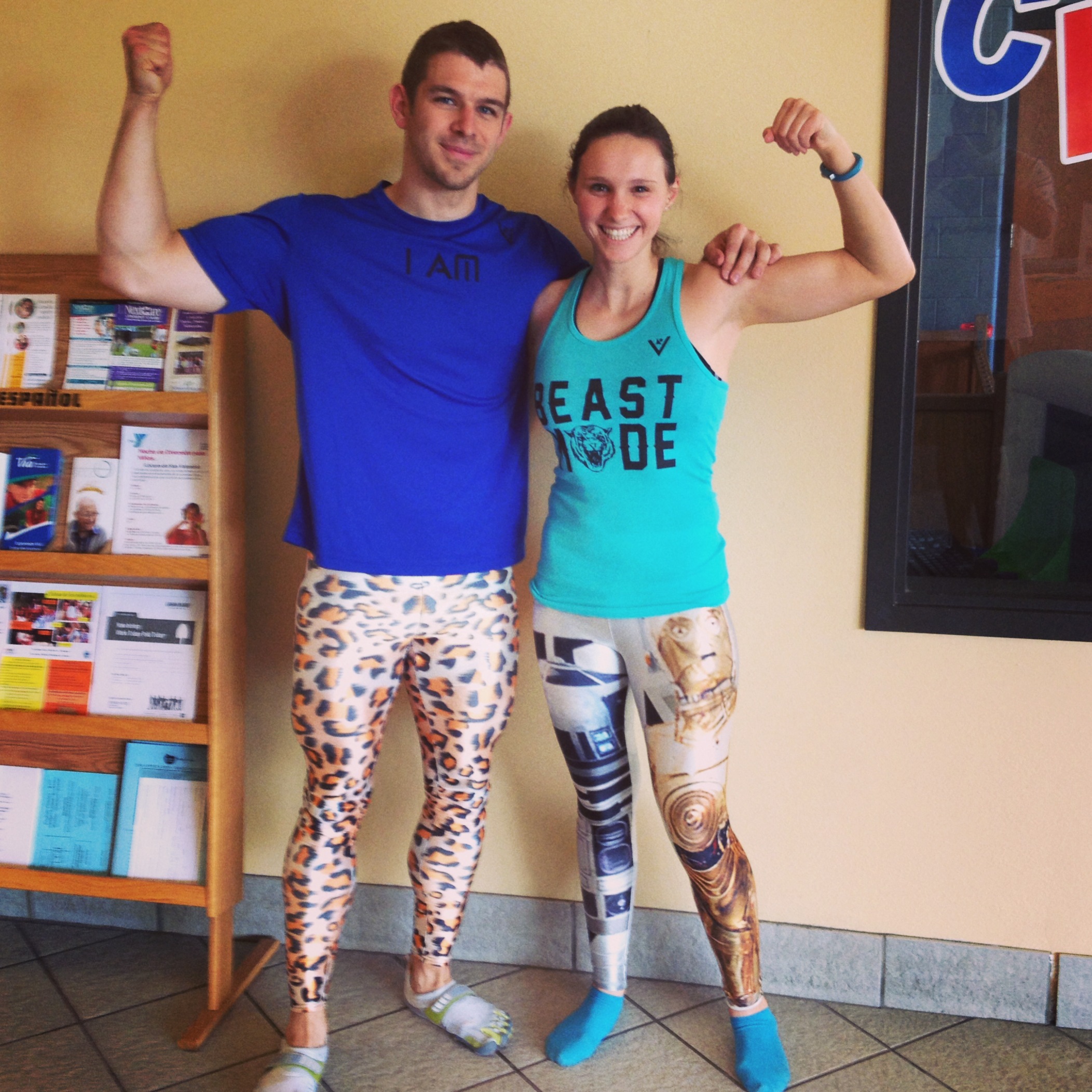



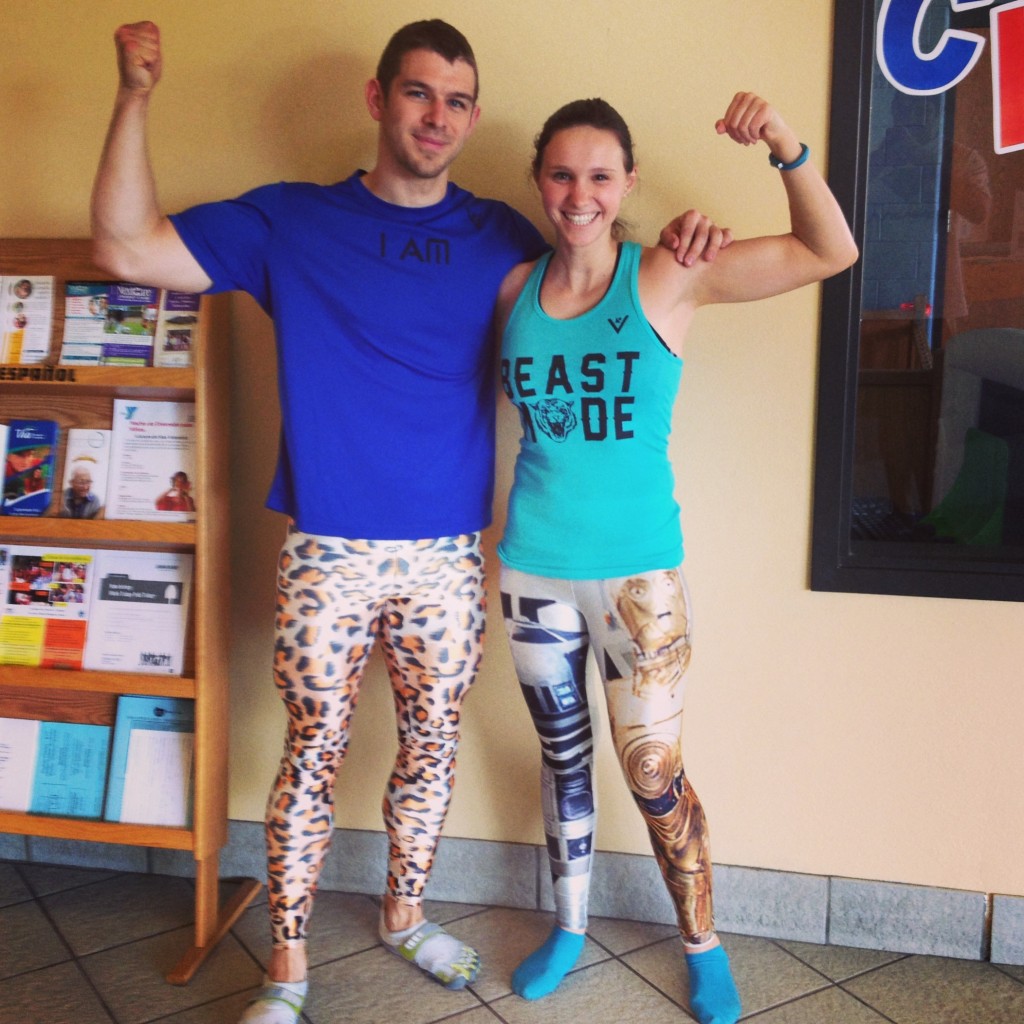

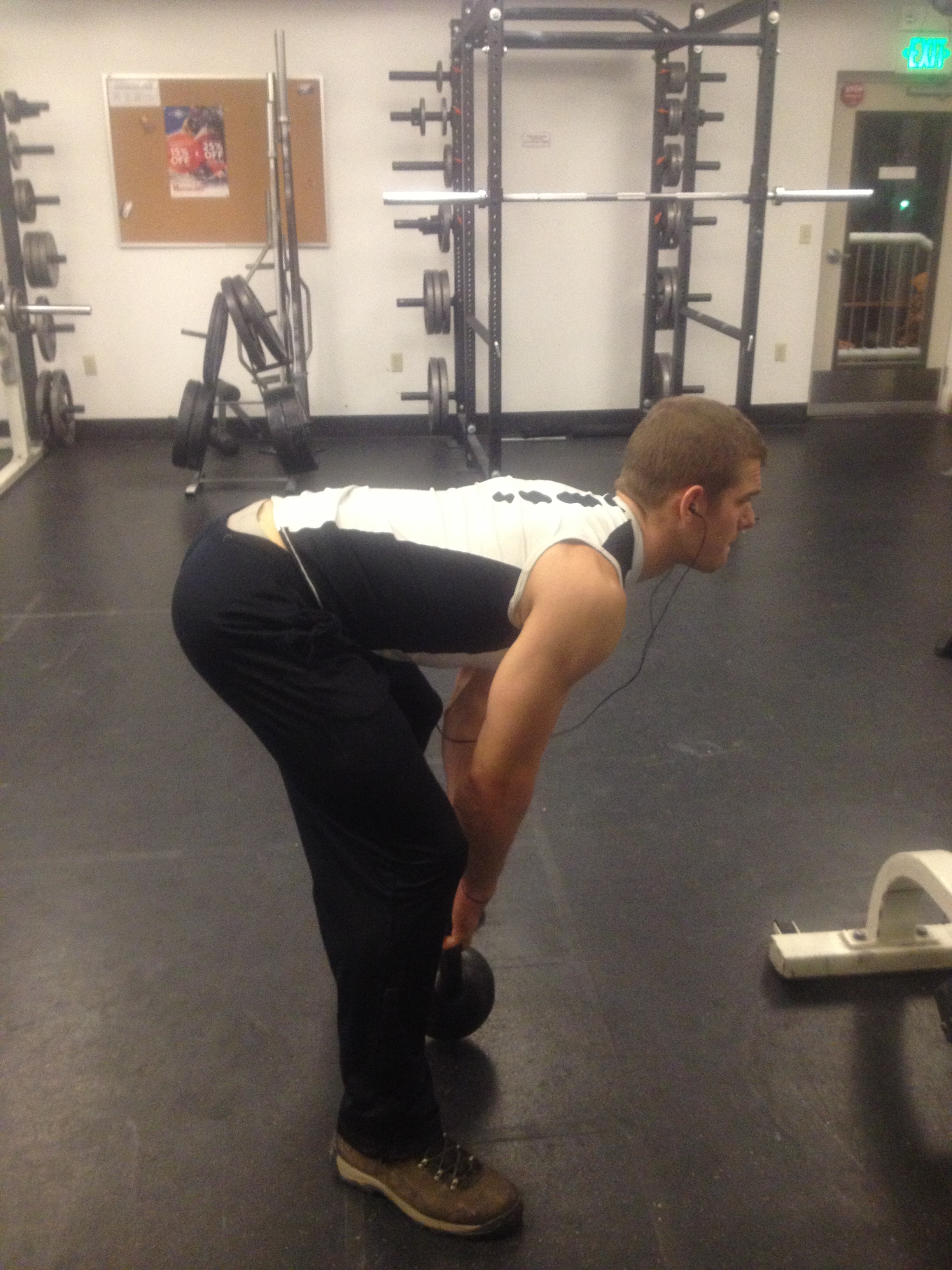




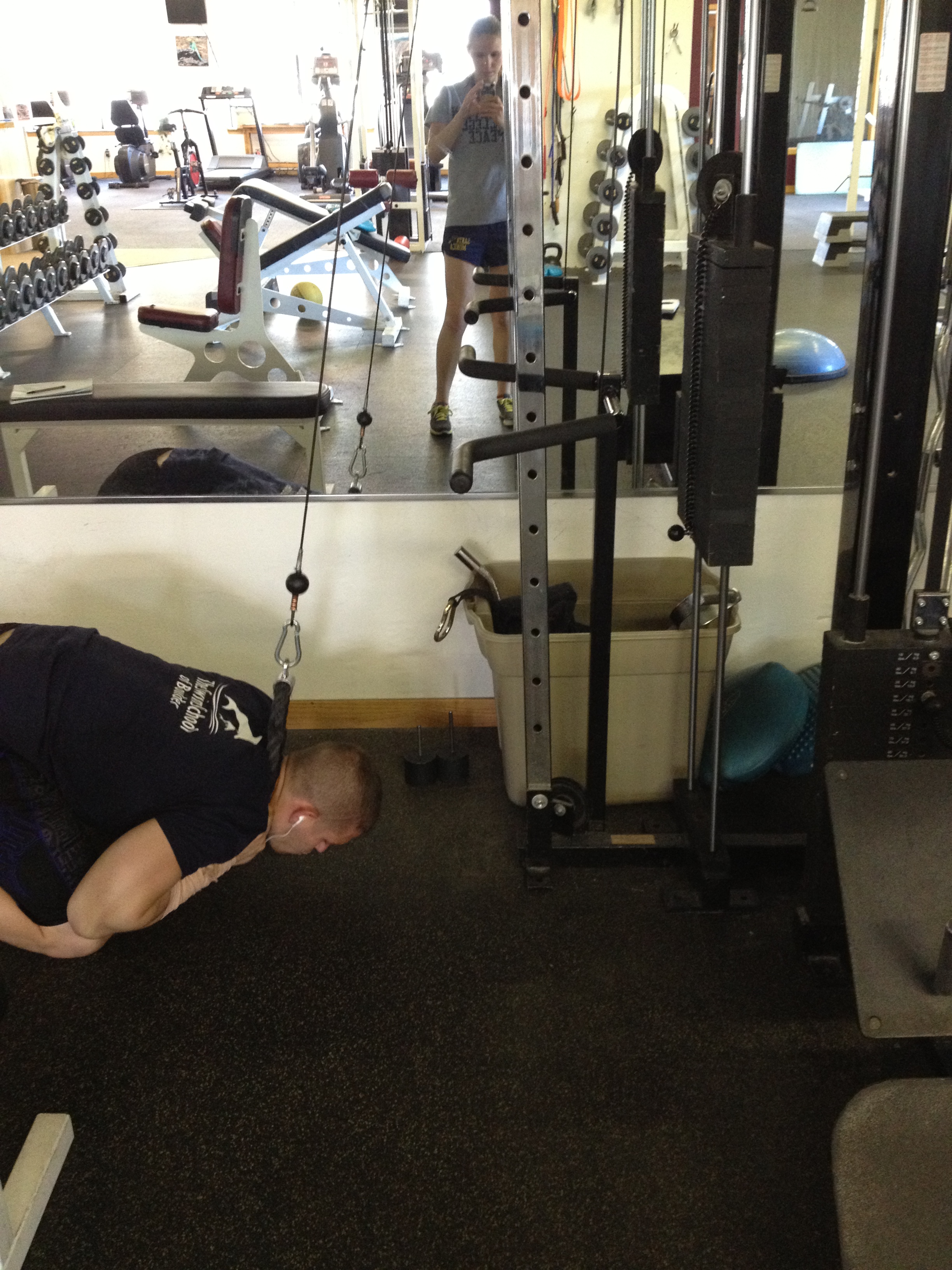
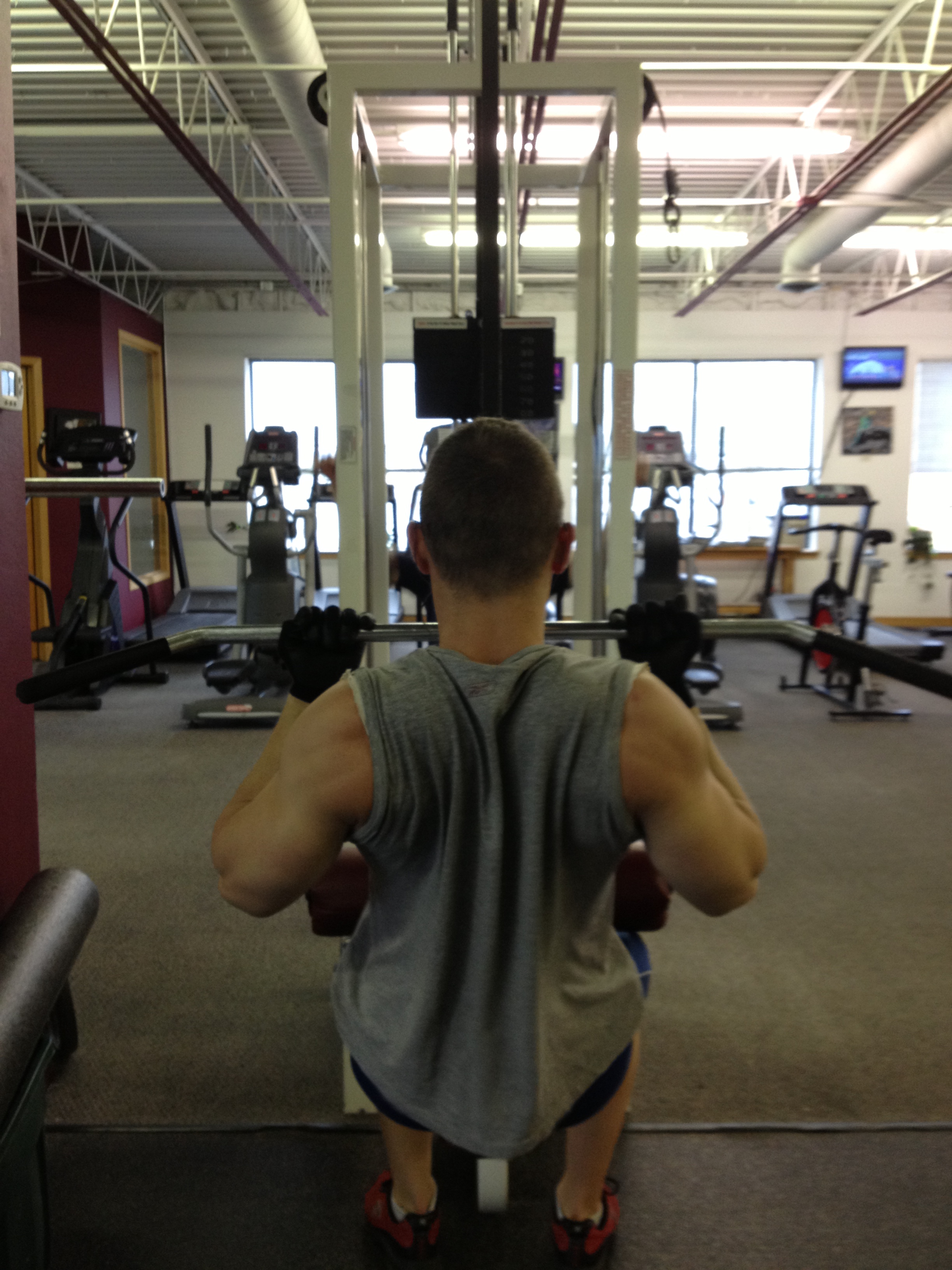
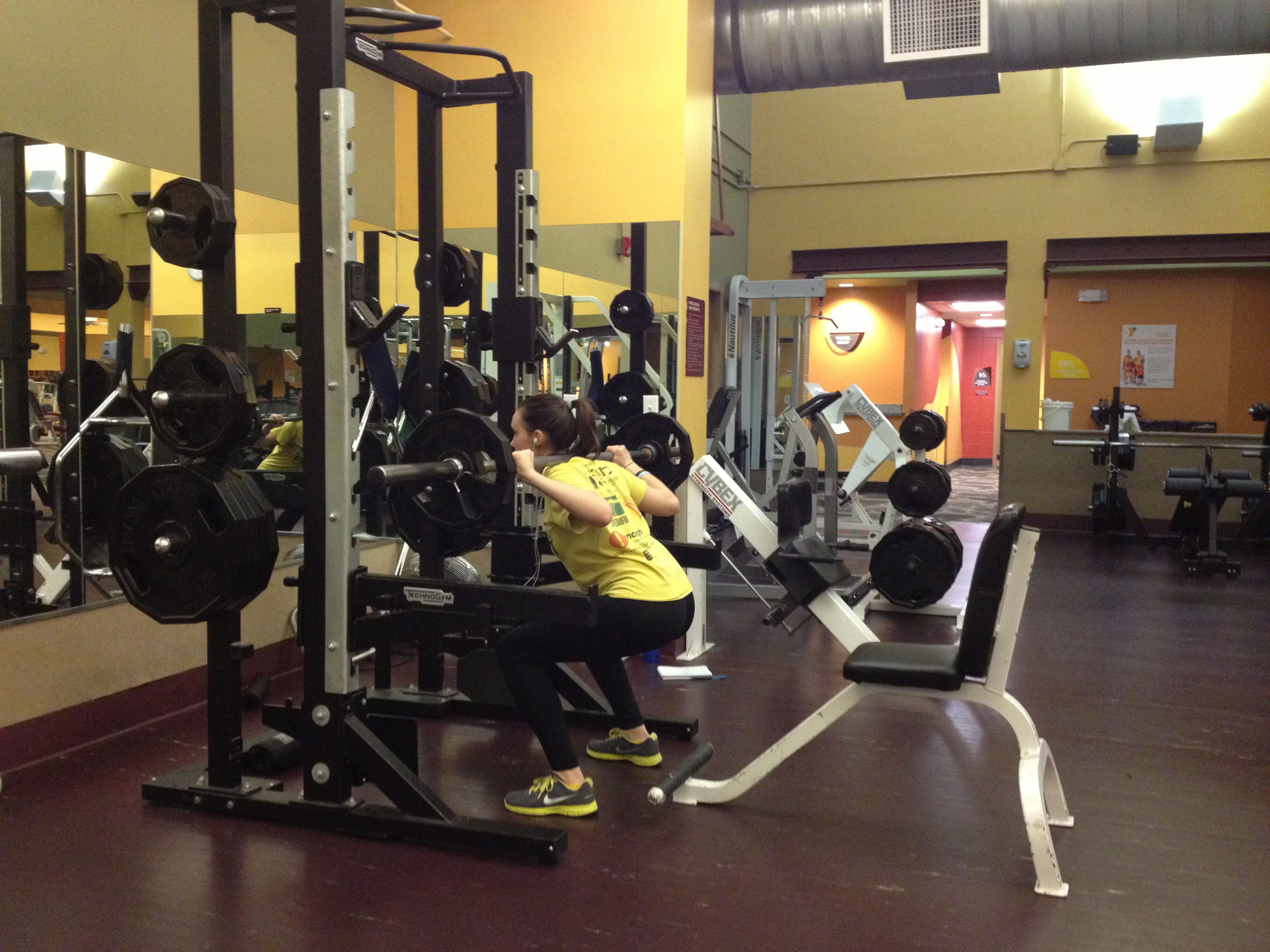
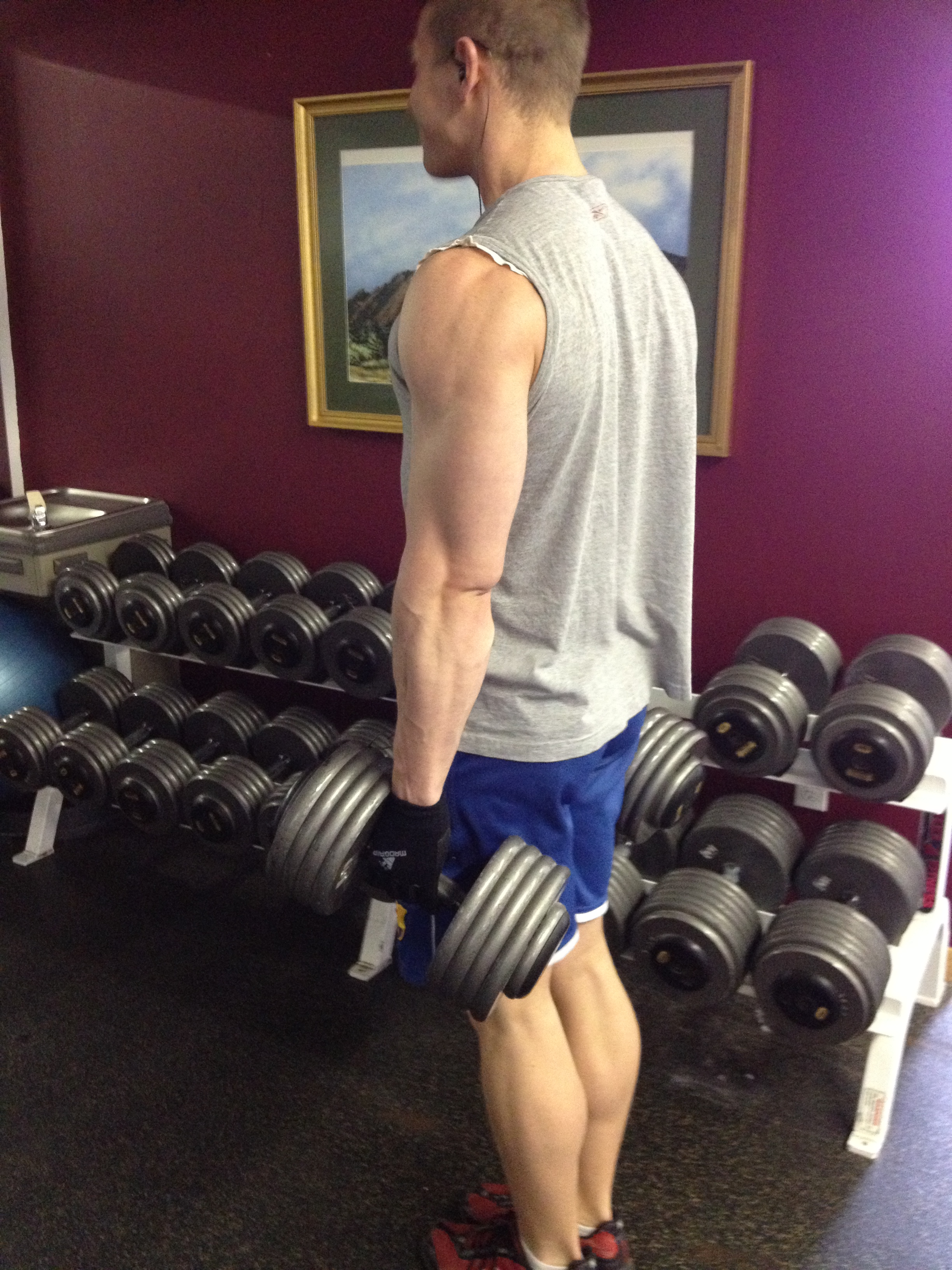
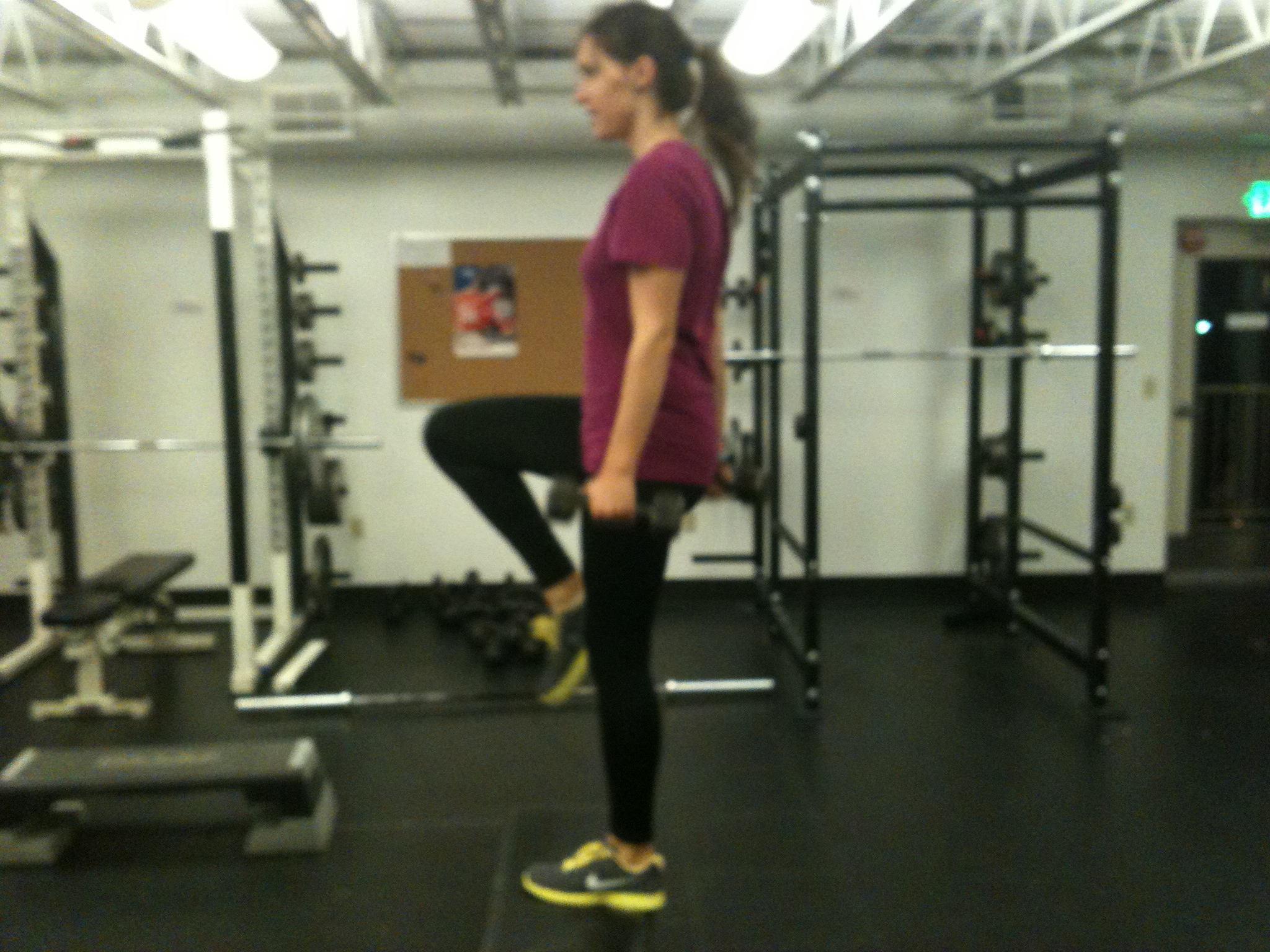



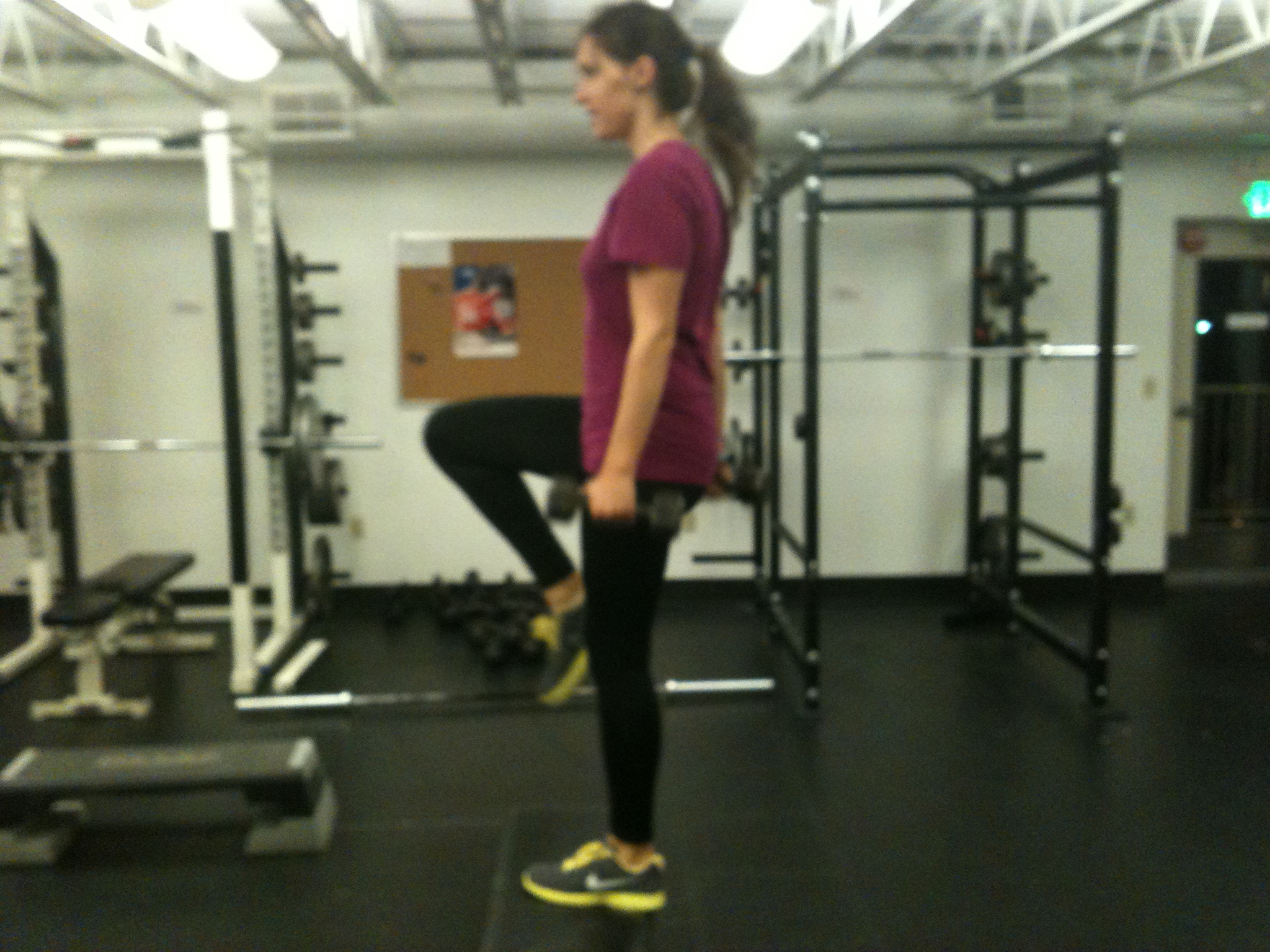












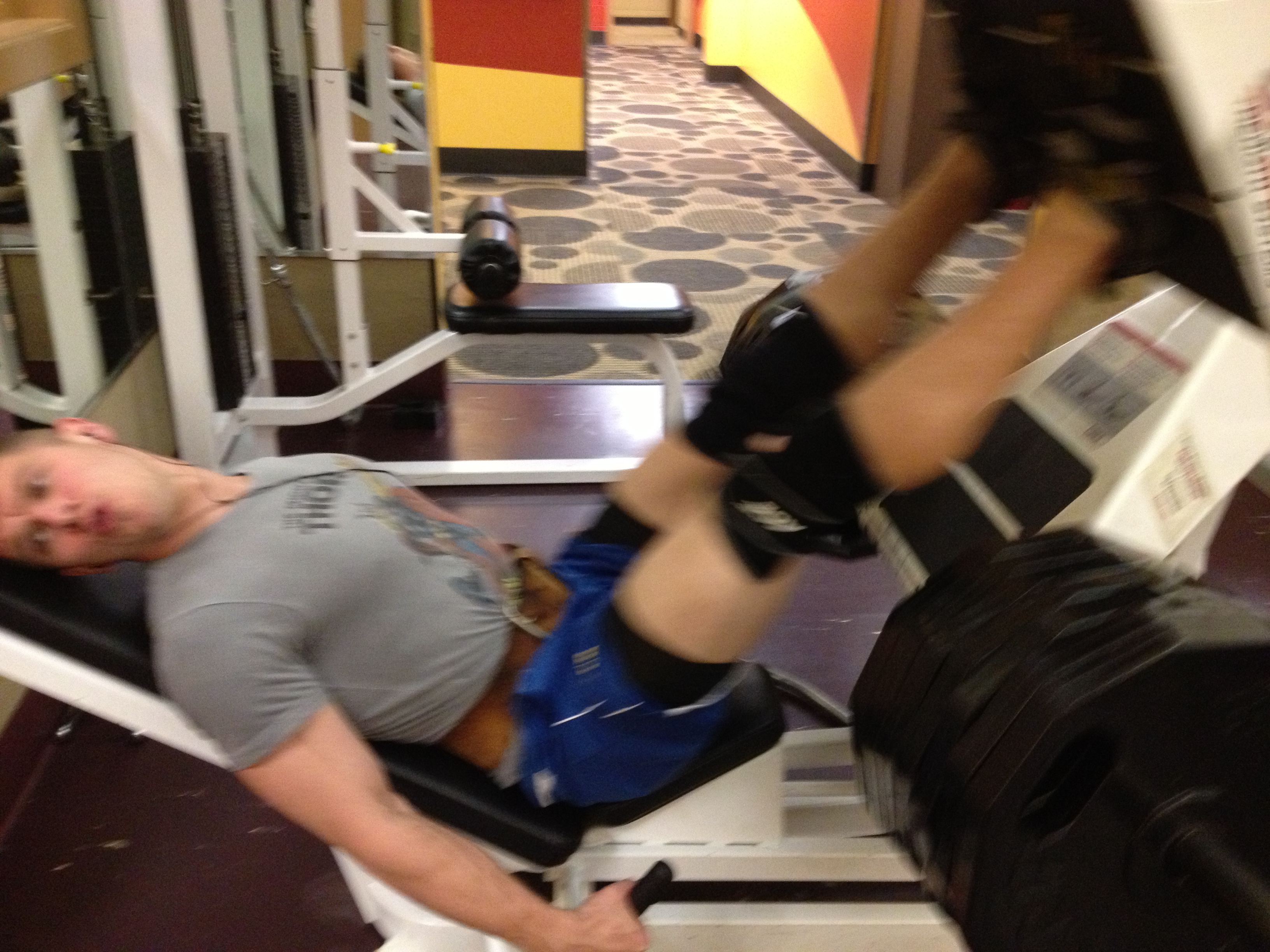
![[Exhalation] Tomoe Shinohara as Sayuri [Exhalation] Tomoe Shinohara as Sayuri](http://farm5.static.flickr.com/4090/5135861996_338c31a387_m.jpg)
